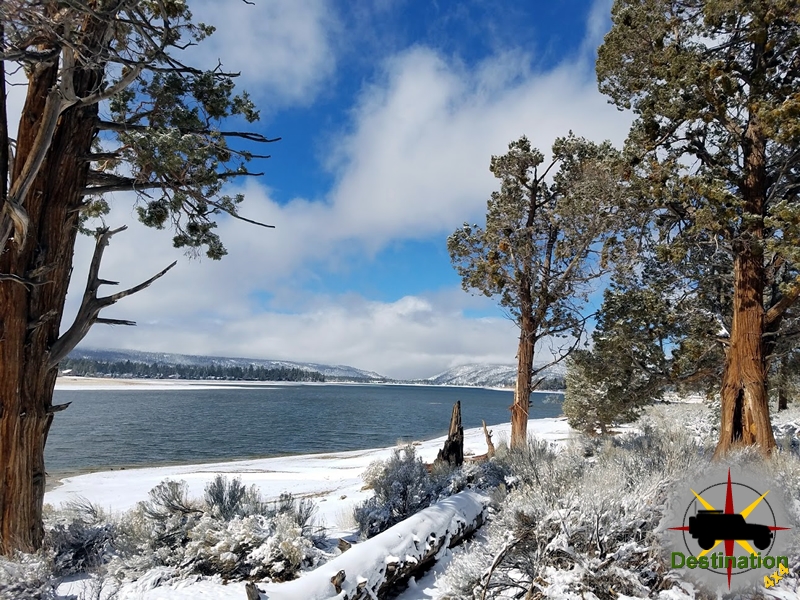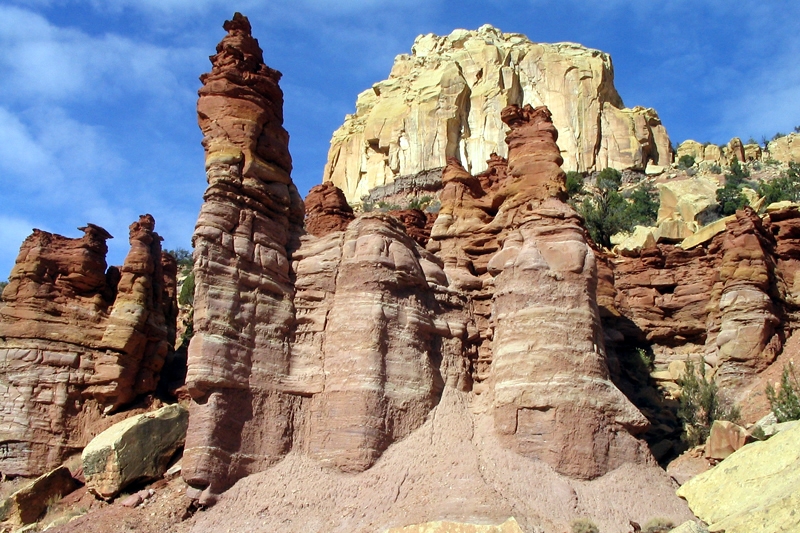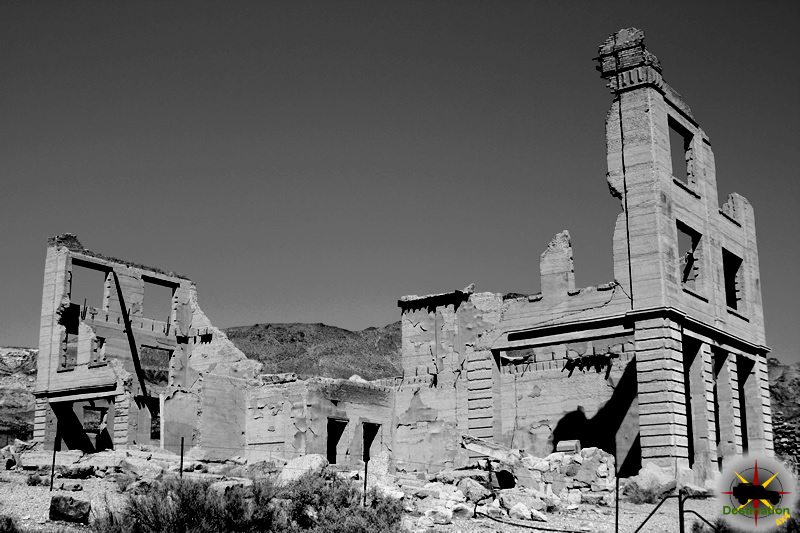
Johnny Behan

Johnny Behan was a notable figure in the American Old West, best known for his role as sheriff of Cochise County, Arizona, during the turbulent era of the Gunfight at the O.K. Corral. Born in 1844 in Missouri, Behan moved to Arizona in the early 1870s and quickly became involved in politics and law enforcement. As sheriff, he was a controversial character, often criticized for his alleged connections with the outlaw Cowboys and his rivalry with the Earp brothers. Behan’s tenure was marked by accusations of corruption and inefficiency, culminating in his failure to control the lawlessness that plagued Tombstone. Despite his tarnished reputation, he continued to serve in various public roles until his death in 1912.
John Harris “Johnny” Behan
Birth: October 24, 1844, Westport, Missouri, USA
Death: June 7, 1912, Tucson, Arizona, USA
Early Life and Career:
John Harris Behan, commonly known as Johnny Behan, was born on October 24, 1844, in Westport, Missouri. Behan moved with his family to California in the mid-1850s during the Gold Rush era. He later relocated to Prescott, Arizona, where he began his career in law enforcement and politics.
Law Enforcement and Political Career:
Behan’s entry into law enforcement began in 1866 when he became the Sheriff of Yavapai County, Arizona Territory. His reputation as a capable lawman grew, and he soon entered politics, serving as a member of the Arizona Territorial Legislature.
In 1880, Behan moved to Tombstone, Arizona, a booming silver-mining town. He was appointed Sheriff of Cochise County in 1881, a position that put him at the center of one of the most famous episodes in the American Wild West—the Gunfight at the O.K. Corral.
Gunfight at the O.K. Corral
As Sheriff of Cochise County, Behan was involved in the conflict between the Earp brothers—Wyatt, Virgil, and Morgan—and the Clanton-McLaury gang. The feud culminated in the legendary gunfight on October 26, 1881. Behan, who had a contentious relationship with the Earps, was accused of favoring the Clantons and McLaurys. Despite his attempts to maintain order, the shootout resulted in the deaths of three members of the Clanton-McLaury gang.
Following the gunfight, Behan’s reputation suffered due to his perceived partiality and his inability to prevent the violence. His popularity waned, and he lost the re-election for sheriff to Wyatt Earp’s ally, Johnny Ringo, in 1882.
Later Life
After his tenure as sheriff, Behan continued to work in various law enforcement roles, including as a U.S. Customs Inspector in Nogales, Arizona. He also served as a police officer and later as a night watchman in Tucson.
Behan married Victoria Zaff in 1869, and the couple had one son, Albert. However, the marriage ended in divorce in 1880. Behan later married Josephine Sadie Marcus, although this union was also short-lived.
Death
Johnny Behan passed away on June 7, 1912, in Tucson, Arizona, at the age of 67. He was buried in the city’s Evergreen Cemetery.
Legacy
Johnny Behan remains a controversial figure in the history of the American West. While he was a dedicated lawman and politician, his involvement in the events leading up to and following the Gunfight at the O.K. Corral has cast a long shadow over his legacy. Behan’s life and career continue to be a subject of fascination for historians and Wild West enthusiasts, reflecting the complex and often tumultuous nature of frontier justice and law enforcement in the late 19th century.
Ryan California
Ryan, California, is a small unincorporated community located in the southeastern region of San Bernardino County, California. The town is located in the Greenwater Range in Death Valley National Park. This community has a long and fascinating history, spanning from the early 1900s to the present day.

The Beginning of Ryan, California
Ryan, California, was founded in 1908 by the Ryan brothers, who were attracted to the area for its rich mineral deposits. The Ryan brothers were mining entrepreneurs who owned several mines throughout California, and they saw the potential for a profitable mining operation in the southeastern San Bernardino County.
The brothers built a mining camp and named it Ryan, after themselves. The camp quickly grew into a bustling town, with hundreds of workers and their families living in the area. The Ryan brothers continued to expand their mining operations, and the town grew to include a post office, school, and several businesses.
The Ryan brothers were successful in their mining endeavors, but their success was short-lived. In 1913, a devastating flood destroyed much of the town, including many of the mines. The Ryan brothers were unable to recover from the disaster and were forced to sell their mining claims.
The Rise of Borax
After the flood, the town of Ryan struggled to survive. However, a new opportunity arose when the Pacific Coast Borax Company began mining operations in the area. Borax was a mineral that was in high demand at the time, and the Pacific Coast Borax Company saw the potential for a profitable operation in the Ryan area.
The company built a railroad to transport the borax from the mines to processing plants in other parts of the country. The railroad was a major economic boost for the area, and many new workers came to the town to work in the borax mines.
The town of Ryan grew once again, and new businesses opened to serve the needs of the growing population. The Pacific Coast Borax Company also built a new school for the children of the workers and provided other amenities for the community.
During this time, Ryan was a bustling community with a population of over 500 people. The town had a hotel, a general store, a post office, and several other businesses. The Pacific Coast Borax Company was the main employer in the area, and the town depended on the success of the company.

The Decline of Borax
The town of Ryan continued to thrive for many years, but the decline of the borax industry led to a decline in the town’s population. The Pacific Coast Borax Company closed its operations in Ryan in the 1920s, and many of the workers moved away to find work elsewhere.
The town struggled to survive without the borax industry, and many of the businesses in the town closed their doors. The school closed, and the post office was shut down. By the 1930s, the town of Ryan was mostly abandoned, and only a few people remained.
The Revival of Ryan
In the 1950s, a new industry brought life back to the town of Ryan. The United States Air Force began using the area around Ryan for training exercises, and a new airfield was built in the area. The airfield brought new jobs to the area, and the town began to grow once again.
The Air Force base, known as the Ryan Airfield, was in operation from the 1950s to the 1980s. During this time, the town of Ryan saw a new era of growth and prosperity. New businesses opened, and the population of the town grew to over 500 people once again.
However, when the Air Force base closed in the 1980s, the town of Ryan once again faced a decline. Many of the businesses that had opened.
Tours
Ryan is closed to the general public for safety and historic preservation reasons, the Death Valley Conservancy offers occasional public tours. Tour participants can be selected by signing up on the Death Valley Conservancy’s website.
Town Summary
| Name | Ryan California |
| Also Known As | Colemanite, Devair, New Ryan |
| Location | Death Valley National Park, San Bernardino County, California |
| Latitude, Longitude | 36.3213, -116.6697 |
| Elevation | 928 meters / 3045 feet |
| GNIS | 1661348 |
Ryan Town Map
References
Ludwig Nevada
Ludwig Nevada is a ghost Town is a historic site located in Lyon County, Nevada. The town was founded in the late 1800s by John Ludwig, a German immigrant who came to the area in search of fortune during the mining boom that swept across the western United States.

Ludwig was originally a hub of commerce for the surrounding area. The town was strategically located at the junction of several important transportation routes, making it a popular stopover point for travelers and a center of trade for local farmers and ranchers. The town’s economy was driven by the mining industry, which brought many people to the area in search of work and opportunity.
At its peak, the town own was a bustling community with several hundred residents. The town had a number of businesses, including a general store, a post office, a hotel, and a saloon. The town also had a school, a church, and several residences.
However, as the mining industry declined and the region’s population dwindled, Ludwig began to fade into obscurity. By the early 20th century, the town was largely abandoned, and many of its buildings had fallen into disrepair.
In the decades that followed, the town became a popular destination for ghost hunters and history buffs. The Ludwig Historical Society, a non-profit organization dedicated to preserving the town’s heritage, was founded in the 1980s. Since then, the society has worked tirelessly to restore the town’s buildings and promote its history and culture.

Today, the Ludwig ghost town is a popular tourist destination, attracting visitors from around the world who come to explore its historic buildings and learn about the town’s colorful past. The town’s schoolhouse and church have been restored and are open to the public, providing a glimpse into the daily lives of the town’s residents.
Visitors to Ludwig can also explore a number of other historic buildings, including the old general store, the post office, and several residences. The town’s saloon, which was partially destroyed by fire in the 1990s, has also been partially restored and is a popular attraction.
In addition to its historic buildings, Ludwig Ghost Town is also home to a number of events and activities throughout the year. The town hosts an annual Ghost Town Days festival, which features live music, food vendors, and a variety of historical exhibits and demonstrations. Visitors can also take guided tours of the town and learn about its history and heritage from knowledgeable local guides.
Overall, Ludwig Ghost Town is a fascinating and unique destination that offers a glimpse into the history and culture of Nevada’s mining towns. Its well-preserved buildings, educational exhibits, and lively events make it a must-see destination for history buffs and anyone interested in exploring the rich heritage of the American West.
Ludwig Ghost Town Summary
| Name | Ludwig Nevada |
| Also Known As | Morning Star, Morningstar |
| Location | Douglas County |
| Latitude, Longitude | 38.9551, -119.2758 |
| GNIS | 857470 |
| Elevation | 5,169 Feet |
| Population | 750 |
| Years Active | 1907-1930 |
| Post Office | Morningstar Post Office June 1908 – November 1911, Ludwig Post Office November 1911 – July 1932 |
Ludwig Trail Map
Methodist Church of Carson City – Nevada State Historic Marker

Carson City’s Methodist Church is a historic church located in the city of Carson City, Nevada and recognized with Nevada State Historic Marker number 71. The church was established in 1862 and has been an integral part of the community since then. Over the years, the church has undergone several renovations and additions to accommodate the growing congregation.
History
Carson City’s Methodist Church was established in 1862, shortly after the city was founded. The church was initially a small wooden structure that could accommodate only a handful of people. As the congregation grew, the church underwent several renovations and expansions. In 1906, a new church building was constructed, which included a sanctuary, classrooms, and an office.
The church played an important role in the community, providing a place for worship, social events, and community gatherings. During the Great Depression, the church provided assistance to the needy, including food and clothing. The church continued to be an important part of the community through the 20th century and into the present day.
Architecture
Carson City’s Methodist Church is a beautiful example of Gothic Revival architecture. The church’s exterior features pointed arches, steeply pitched roofs, and elaborate tracery. The church’s bell tower is a prominent feature of the building and can be seen from several blocks away.
The interior of the church is equally impressive, with stained glass windows, a vaulted ceiling, and wooden pews. The sanctuary is the focal point of the interior, with a beautiful altar and a pipe organ.
Community Involvement
Carson City’s Methodist Church has always been actively involved in the community. The church has provided assistance to the needy, supported local charities, and hosted community events. The church’s outreach programs have included a food pantry, a clothing drive, and a summer camp for children.
The church has also been involved in promoting social justice issues, including racial and gender equality, affordable housing, and healthcare access. The church’s advocacy work has included lobbying elected officials and organizing protests and demonstrations.
Carson City’s Methodist Church has been an integral part of the community for over 150 years. The church’s Gothic Revival architecture is a beautiful example of the style, and the church’s community involvement and advocacy work have made it an important institution in the city.
Nevada State Historic Marker Text
Dedicated in 1867, this church serves a congregation that dates to 1859. Like many other buildings in Carson City, the stone used in its construction was quarried at the nearby State Prison. Reverend Warren Nims (Pastor 1863-1866) was responsible for much of the original construction. Altered extensively over the years, the structure, with its octagonal porch posts and pointed-arch windows, is one of Nevada’s oldest religious structures.
STATE HISTORICAL MARKER NO. 71
STATE HISTORIC PRESERVATION OFFICE
NEVADA LANDMARK SOCIETY
Nevada State Historic Marker Summary
| Name | Methodist Church of Carson City |
| Location | Carson City, Nevada |
| Nevada State Historic Marker | 71 |
| Latitude, Longitude | 39.1645, -119.7693 |
Nevada State Historic Marker Location
Nevada State Historic Marker number 71 is in Carson City, Nevada on North Division Street. The church building is located on the Northwest corner at the intersection of North Division Street and West Musser Street. The Marker is mounted Methodist Church to the left of the entrance doors.
References
X-15 Flight 3-65-97 Crash
On November 15, 1967, the X-15 Flight 3-65-97 experienced a catastrophic failure during a test flight, resulting in the death of pilot Michael J. Adams.

Beginning in the 1940’s, one of the most important locations for flight testing in the United States is the Mojave Air and Space Port, located in the Mojave Desert in California. With its wide-open spaces, dry climate, and proximity to aerospace companies and research facilities, the Mojave has become a hub for experimental aircraft testing and research, playing a vital role in advancing the field of aviation. In this report, we will explore the history and significance of flight testing in the Mojave, and examine some of the groundbreaking aircraft and technologies that have been developed and tested in this unique location.
The X-15 was a rocket-powered experimental aircraft developed by the United States Air Force and NASA in the 1950s and 1960s and the pinnacle of speed testing in the 1960’s. On November 15, 1967, the X-15 experienced a catastrophic crash during a test flight, resulting in the death of pilot Michael J. Adams. The crash was a tragic event in the history of experimental aviation and highlighted the risks and challenges of pushing the boundaries of technological innovation.

The X-15 was designed to fly at extremely high speeds and altitudes, reaching speeds of up to Mach 6.7 (about 4,500 miles per hour) and altitudes of over 350,000 feet. It was powered by a rocket engine and was capable of carrying out a wide range of scientific and engineering experiments in the upper atmosphere and beyond.
On the day of the crash, Adams was piloting the X-15 on its 191st test flight. The flight was intended to test a new navigation system and to gather data on the effects of high-altitude flight on the human body. The X-15 was carried to an altitude of 45,000 feet by a B-52 bomber, and then released to continue its ascent on its own.
However, shortly after reaching an altitude of about 50 miles, the X-15 began to experience control problems. The aircraft began to roll and yaw uncontrollably, and Adams was unable to regain control. The X-15 eventually went into a spin and began to break apart, with Adams ejecting from the aircraft at an altitude of about 15,000 feet. Tragically, Adams was unable to survive the ejection and the subsequent impact with the ground.
The cause of the X-15 crash was later determined to be a malfunction in the aircraft’s control system. Specifically, one of the X-15’s two reaction control system thrusters had become stuck in the “on” position, causing the aircraft to go into an uncontrolled spin. Despite efforts to regain control, the X-15 was unable to recover from the spin and ultimately crashed.
The X-15 crash was a tragic event that highlighted both the risks and rewards of pushing the boundaries of technological innovation. While the loss of Michael J. Adams was a devastating blow to the aviation community, his legacy lives on in the many important scientific and engineering discoveries made possible by the X-15 program.
X-15 Flight 3-65-97
X-15 Flight 3-65-97 came to rest East of Mojave just North of Highway 58. The site contains a small memorial and one should remember that a brave man lost his life at this location.



